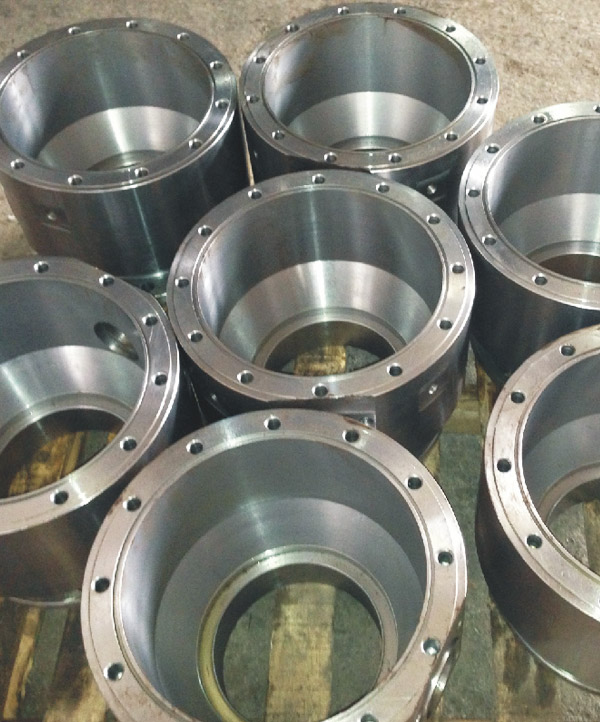The structure of the Flanged Ball Valve Body determines the connection with the valve body and the pipe, the valve body and the valve cover, and in terms of the manufacturing method, there are several types of casting, forging, forging welding, casting welding, and tube plate welding. The forged valve body has developed toward a large diameter, and the cast valve body has gradually developed toward a small diameter. Any type of gate valve body can be forged or cast, depending on the user's requirements and the manufacturing methods owned by the manufacturer.
The flow passage of the Stainless Steel Balance Valve Ball can be divided into two types: full-diameter type and reduced-diameter type. The flow passage aperture is nominally the same as the valve through the nominal diameter. The flow aperture is smaller than the nominal diameter of the valve. The reduced diameter shape has two types of uniform diameter reduction and uniform diameter reduction. The flow path is a conical tube shape which is a non-uniform diameter reduction. The diameter of the inlet end of such a valve is basically the same as the nominal diameter, and then gradually shrinks to the minimum at the valve seat.
The use of reduced-diameter flow passages (whether non-uniform diameter reduction or uniform diameter reduction) is advantageous in that valves of the same specification can reduce the size, opening and closing force and torque of the gate; the disadvantage is that the flow resistance is increased and the pressure is increased. The drop and energy consumption increase, so the shrinkage hole should not be too large. For the tapered tubular diameter, the ratio of the inner diameter of the valve seat to the nominal diameter is usually 0.8 to 0.95. For a reduced diameter valve with a nominal diameter of less than 250 mm, the inner diameter of the valve seat is generally lower than the nominal diameter; the diameter of the valve seat with a nominal diameter equal to or greater than 300 mm is generally lower than the nominal diameter.
